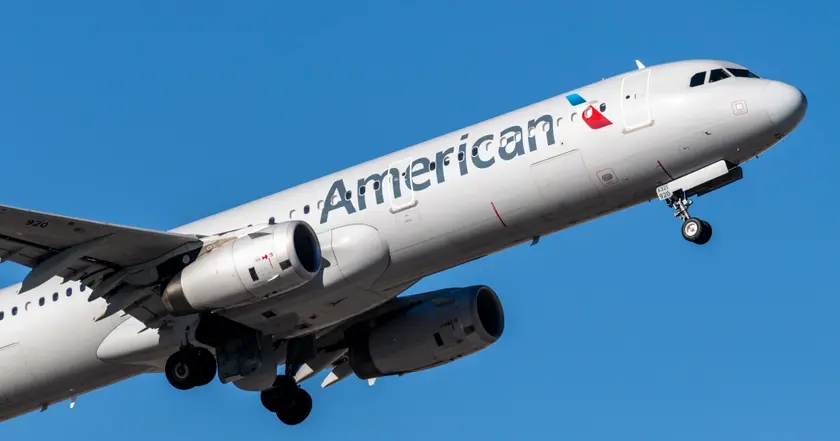T4K3.news
Evidence emerges for Earhart plane on Nikumaroro
A Purdue led team points to a buried Electra on Nikumaroro, triggering a three phase excavation plan.

New clues point to Earhart’s Electra beneath Nikumaroro sands, prompting a funded excavation plan.
Evidence emerges for Amelia Earhart plane on Nikumaroro
Researchers from Purdue University say a 2015 satellite image captured the Taraia object off Nikumaroro island, Kiribati, and the shape and location match Amelia Earhart's Electra. A fresh expedition is planned by the Archaeology Channel and partners, with Phase 1 costing about 900000 dollars and pledges already totaling 400000. The project would start with a direct examination before broader data recovery excavations in 2026. The team notes past finds on the island, such as a landing gear fragment and other items, that keep the case alive.
Experts caution that the evidence is not proof yet. Satellite imagery can mislead, sand shifts with storms, and many artifacts have ambiguous origins. The project relies on funding and institutional backing and raises questions about access, local involvement, and the ethics of exhuming a site tied to a historic figure. Supporters argue the search could settle a long running mystery while honoring Earhart's legacy and Purdue's historical connection to her flight.
Key Takeaways
"maybe the greatest opportunity ever to finally close the case."
Richard Pettigrew told the Daily Mail about the new lead.
"We believe we owe it to Amelia and her legacy at Purdue to fulfill her wishes, if possible, to bring the Electra back to Purdue."
Steve Schultz on NBC News about Purdue's role.
"Those who contribute at least $25,000 will be offered a free berth on the larger ship we expect to bring to Nikumaroro in 2026, when we plan to conduct data-recovery excavations on the Electra."
Archaeology Channel pledge for donors.
"The size of the object matches her plane, and that the location on her planned flight path are where four of her emergency radio calls were made that night."
Richard Pettigrew cited as supporting evidence.
Amelia Earhart still draws a crowd. The story blends science with memory, turning a search for a plane into a test of methods, funding, and public appetite. When universities and private groups join, the debate shifts from proof to process and transparency.
Yet the effort also highlights how history can be shaped by money and media. If the debris is confirmed, it would rewrite aviation lore, but the process must respect local communities, governance, and the standards of archaeology. The case underlines the line between curiosity and stewardship.
Highlights
- History may be rewritten by Nikumaroro sands
- This could be the greatest opportunity to finally close the case
- Legacy matters more than the plan's price tag
- The Electra belongs to the world when found
Funding and public reaction risk
The project hinges on private donations and institutional backing, which can invite criticism over funding transparency, agenda setting, and local impact. If funds falter or claims overproof are questioned, public trust in archaeology could suffer.
The story of Earhart endures and invites careful checks and accountability.
Enjoyed this? Let your friends know!
Related News
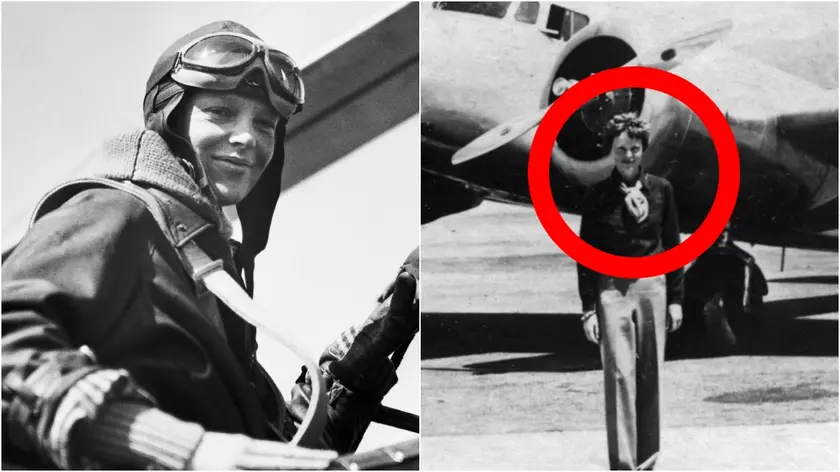
New Earhart crash site claim
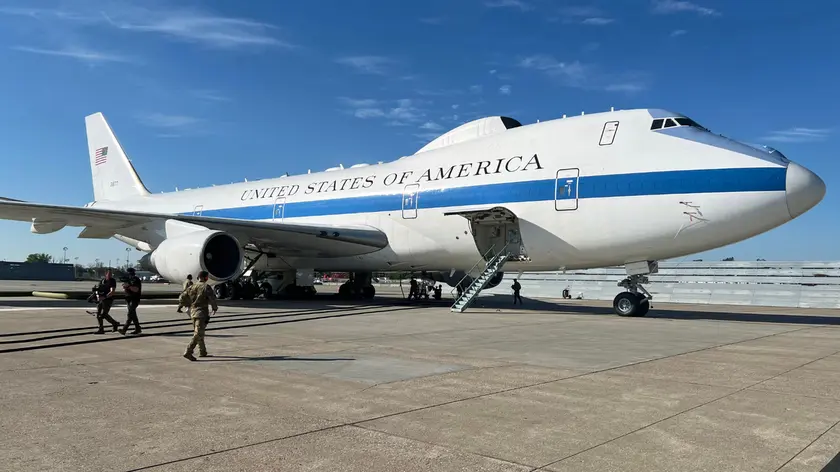
Rumors of E-4B Doomsday Plane Flights Intensify
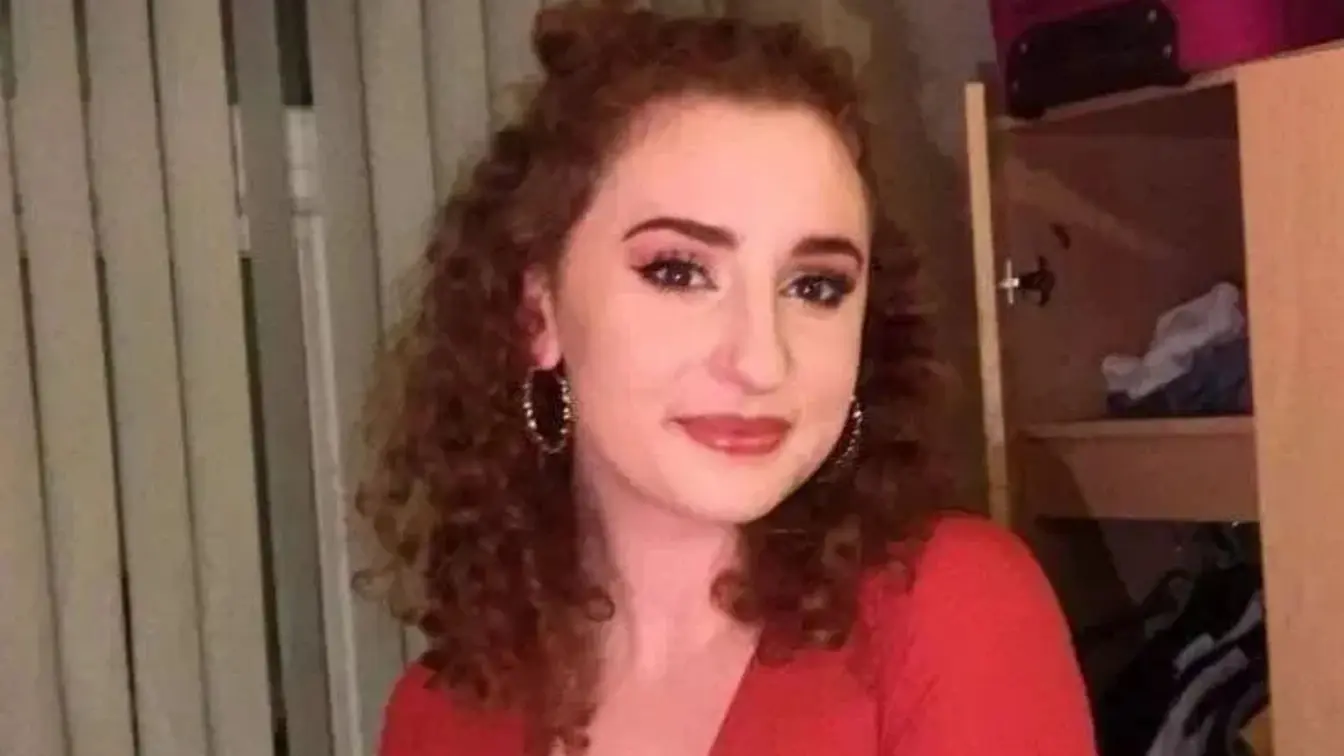
Doxycycline safety warning under renewed scrutiny
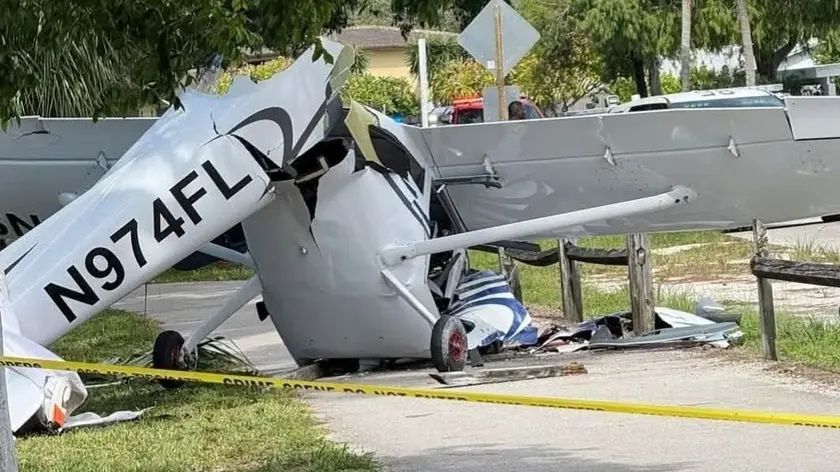
Seven people hospitalized after plane crashes into car
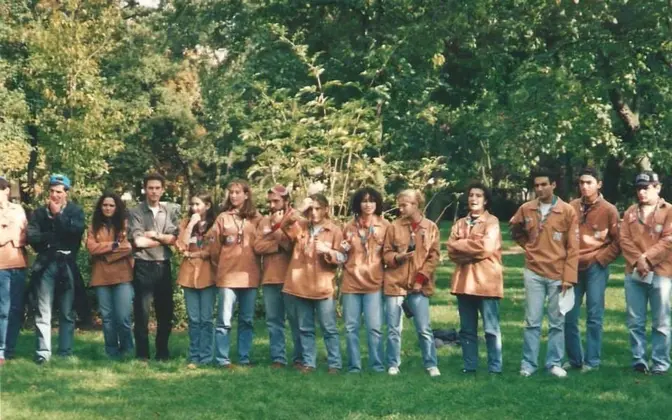
Jewish campers removed from flight in Spain as outcry grows

Kiambu County plane crash leaves six dead

Jeju Air crash investigation points to pilot error findings
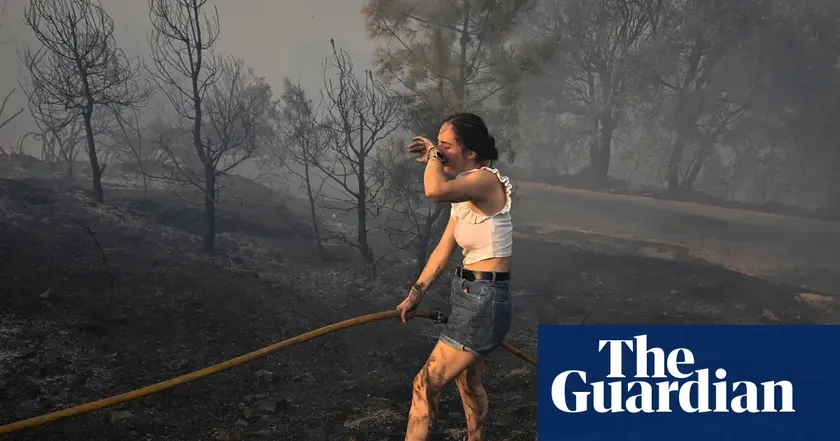
Spain faces recurring wildfires driven by climate change
